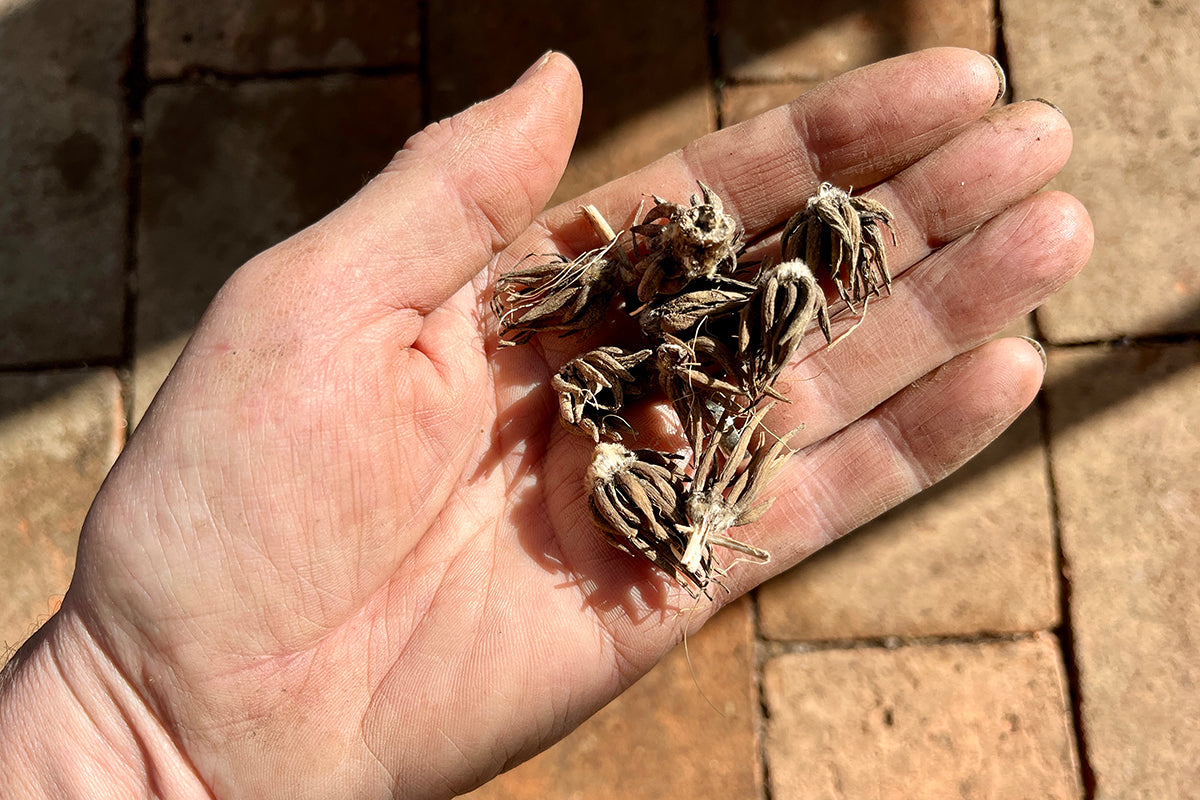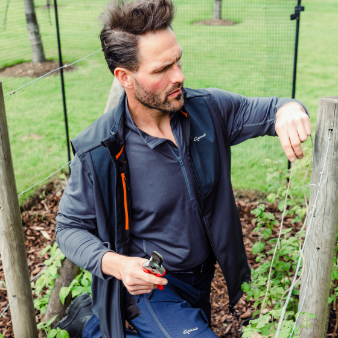Persian buttercups

With most of the garden pots and troughs at their peak we thought it wouldn’t hurt to start planning their next reincarnation. A friend kindly gave us a packet of Ranunculus ‘Purple Heart’, so rather than wait, we thought we’d find them a home now and give them a good head start. Ranunculus are part of the buttercup family, in fact, the native buttercup we see growing on riverbanks and in meadows is a Ranunculus - it’s a large family comprising over 2,000 species.
The corms look like a fist of dessicated witches fingers and to think that they’ll give us a wonderful display of flowers in a few months takes a degree of imagination. This dried up state is soon improved with a soak for a few hours in a jar of water.







